North Carolina General Assembly Of April 1784 on:
[Wikipedia]
[Google]
[Amazon]
The
Legislative Documents

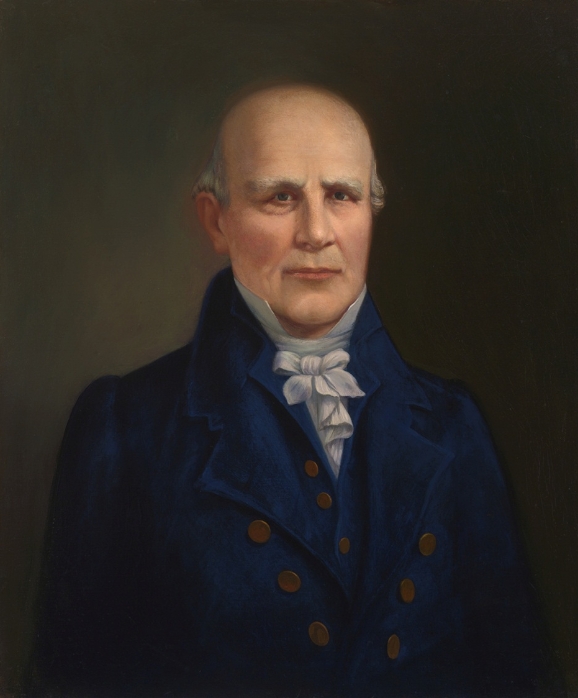 As prescribed by the 1776
As prescribed by the 1776
New River
This area was a large part of what had been the Washington District (usually referred to simply as the ''Western Counties'').A civil and political history of the state of Tennessee"
by John Haywood These western counties had originally been acquired by lease from the Overhill Cherokee, out of which the Watauga Republic had arisen. The North Carolina cession to the federal government had a stipulation that Congress would have to accept responsibility for the area within two years, which, for various reasons, it was reluctant to do. The cession effectively left the western settlements of North Carolina alone in dealing with the Cherokee of the area, many of whom had not yet made peace with the new nation. These developments were not welcomed by the
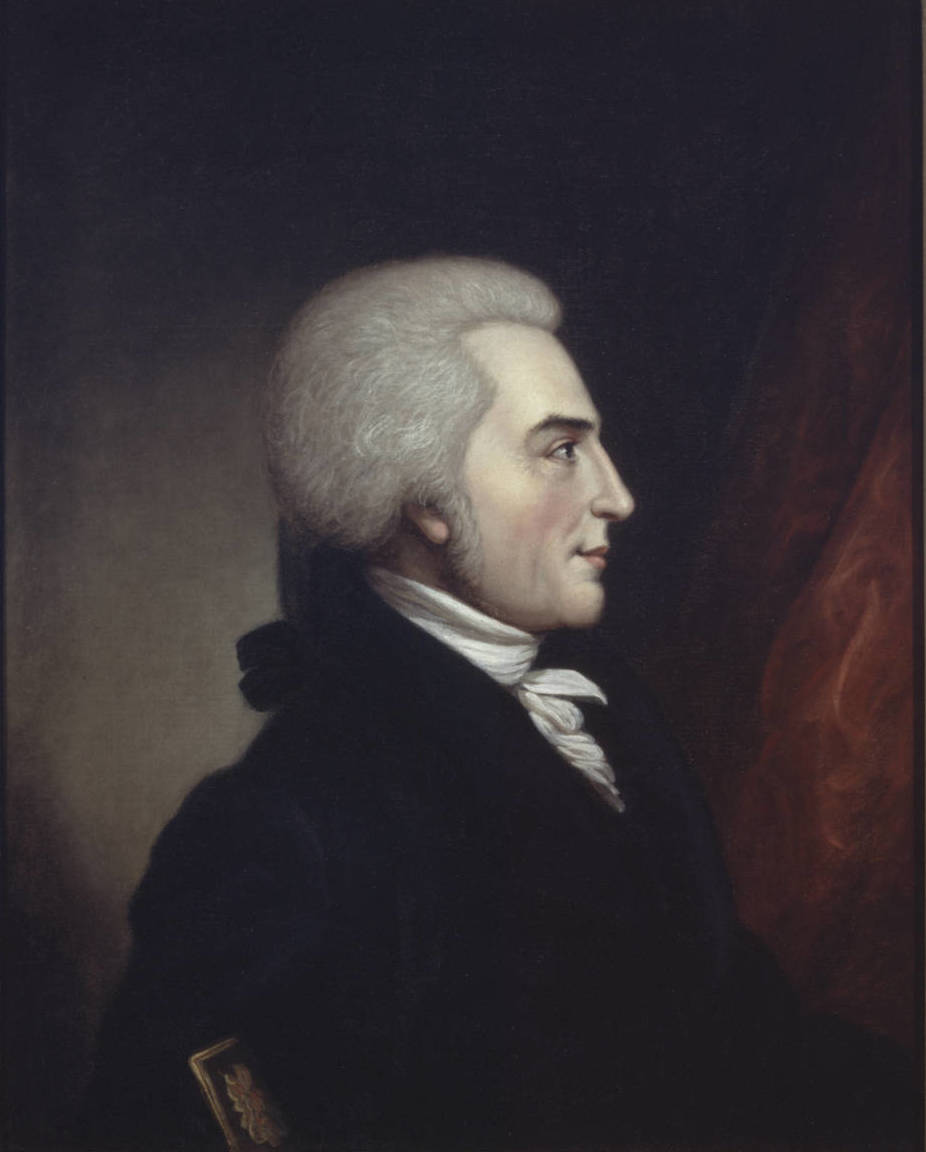





 The House of Commons delegates elected a Speaker (Thomas Benbury), Clerk (John Hunt), Assistant Clerk, Doorkeeper, and Assistant Doorkeeper. The following delegates to the House of Commons were elected by the voters of North Carolina to represent each county and district:
The House of Commons delegates elected a Speaker (Thomas Benbury), Clerk (John Hunt), Assistant Clerk, Doorkeeper, and Assistant Doorkeeper. The following delegates to the House of Commons were elected by the voters of North Carolina to represent each county and district:
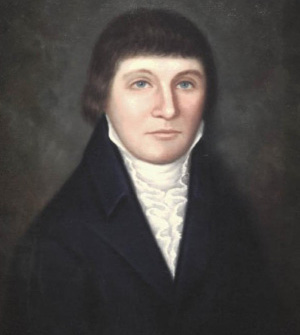
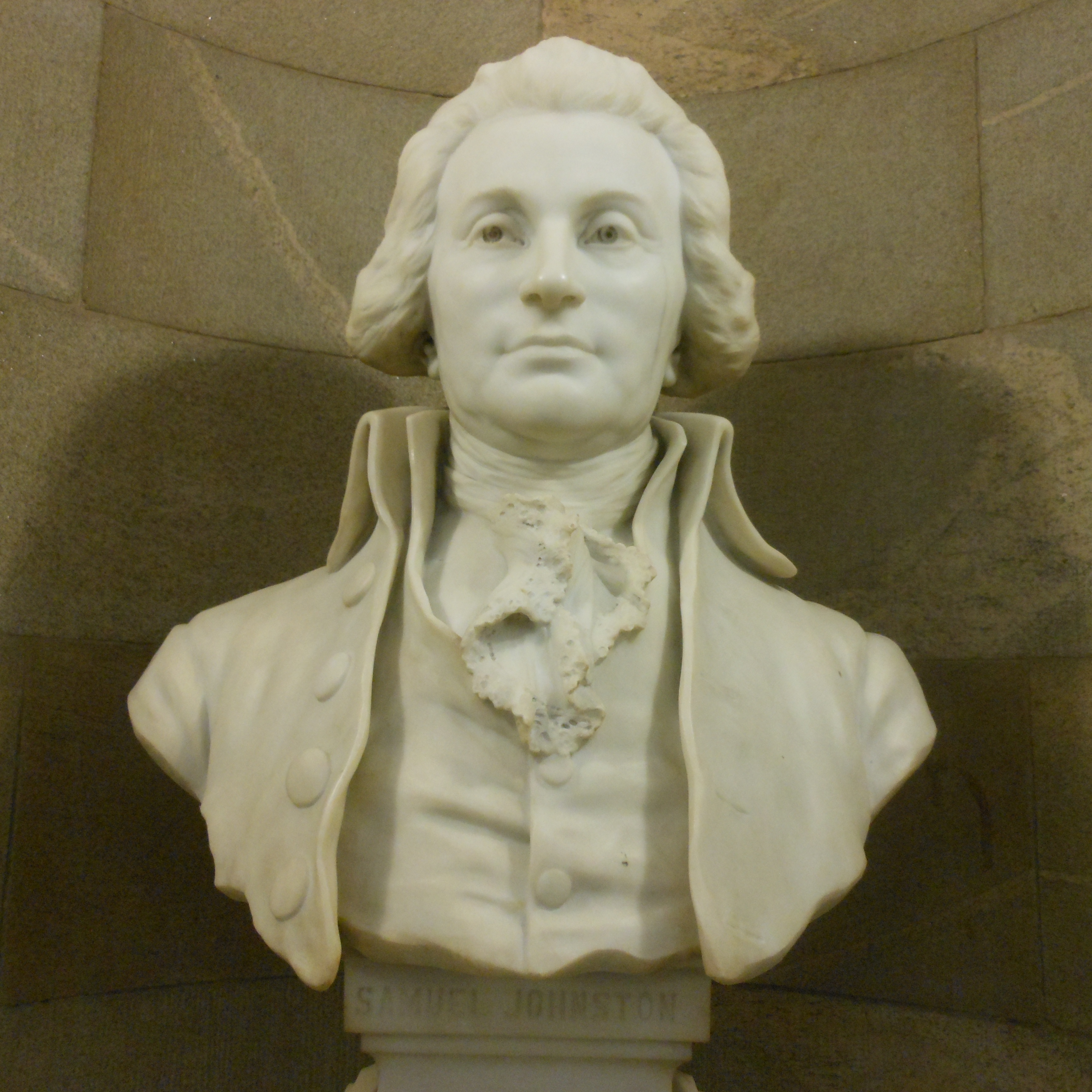



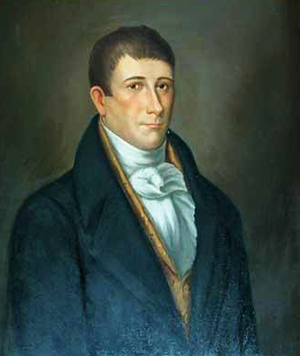 The Senators elected a President (Richard Caswell), Clerk (John Haywood), Assistant Clerk, Doorkeeper, and Assistant Doorkeeper. Five counties that were authorized Senators did not send a representative. The following Senators were elected by the voters of North Carolina to represent each county:The President of the Senate is also referred to as the Speaker. John Haywood may have also served as assistant clerk of the House of Commons.
The Senators elected a President (Richard Caswell), Clerk (John Haywood), Assistant Clerk, Doorkeeper, and Assistant Doorkeeper. Five counties that were authorized Senators did not send a representative. The following Senators were elected by the voters of North Carolina to represent each county:The President of the Senate is also referred to as the Speaker. John Haywood may have also served as assistant clerk of the House of Commons.
North Carolina General Assembly
The North Carolina General Assembly is the Bicameralism, bicameral legislature of the Government of North Carolina, State government of North Carolina. The legislature consists of two chambers: the North Carolina Senate, Senate and the North Ca ...
of April to June 1784 met in New Bern
New Bern, formerly called Newbern, is a city in Craven County, North Carolina, United States. As of the 2010 census it had a population of 29,524, which had risen to an estimated 29,994 as of 2019. It is the county seat of Craven County and t ...
from April 19 to June 3, 1784. The assembly consisted of the 120 members of the North Carolina House of Commons and 50 senators of North Carolina Senate elected by the voters in April 1784. As prescribed by the 1776 Constitution of North Carolina
The Constitution of the State of North Carolina governs the structure and function of the state government of North Carolina, one of the United States; it is the highest legal document for the state and subjugates North Carolina law. All U.S. st ...
, the General Assembly elected Alexander Martin
Alexander Martin (October 17, 1740November 2, 1807) was the fourth and seventh Governor of North Carolina from 1782 to 1784 and from 1789 to 1792. As a delegate to the Constitutional Convention in 1787, Martin is considered a Founding Father ...
to continue as Governor of North Carolina
The governor of North Carolina is the head of government of the U.S. state of North Carolina. The governor directs the executive branch of the government and is the commander in chief of the military forces of the state. The current governor, ...
. In addition, the assembly elected members of the Council of State.
Legislation
This General Assembly passed an act that changed the date of elections from April to the third Friday in August every year and changed the first meeting of the General Assembly to the first Monday in October. That is why there were two General Assemblies in 1783, one that started in April and one that started in October. It was difficult for legislatures to leave their farms and businesses in April to attend the assembly. It was more convenient for them to attend the assembly in the winter. The assembly also passed acts to raise taxes on imports, transfer land in the west to the federal government to pay for war debt, and take care of Revolutionary War veterans. For additional laws and minutes of the 1784 General Assembly, seLegislative Documents
Councilors of State

 As prescribed by the 1776
As prescribed by the 1776 Constitution of North Carolina
The Constitution of the State of North Carolina governs the structure and function of the state government of North Carolina, one of the United States; it is the highest legal document for the state and subjugates North Carolina law. All U.S. st ...
, the General Assembly elected the governor and the following members of the North Carolina Council of State
The North Carolina Council of State is the collective body of ten elective executive offices in the state government of North Carolina, all of which are established by the state constitution. The Council of State includes the Governor, Lieut ...
on May 8, 1784:
* Thomas Polk, Mecklenburg County (President)
* Pleasant Henderson, Granville County (Clerk)
* Robert Bignall, Edgecombe County
* Philemon Hawkins, Sr., Warren County
* Nathaniel Macon, Mecklenburg County
* James Saunders, Caswell County
* Thomas Eaton, Warren CountyThomas Eaton was elected on May 11, 1784.
James Glasgow continued to serve as North Carolina Secretary of State. Alfred Moore continued to serve as the North Carolina Attorney General.
Assembly membership
There were 55 counties for this assembly. Each County was authorized two delegates to the House of Commons and one delegate to the Senate. In addition, there were six Districts, which were large towns. The Districts were authorized to elect one delegate each to the House of Commons. During the 1783 General Assembly, Davidson County and Greene County were created. These counties were represented in the House of Commons for the first time in the 1784 General Assembly. Sullivan, Washington, Davidson, and Green counties became part of Tennessee in 1796. Sampson and Moore Counties were also formed in 1784 and sent their first delegates to the General Assembly. For this assembly, Cumberland County had changed its name to Fayette County but changed the name back to Cumberland County for the next assembly in October. In April 1784, this assembly voted "to give Congress the About 40 times the size of Rhode Island. lying between theAllegheny Mountains
The Allegheny Mountain Range (; also spelled Alleghany or Allegany), informally the Alleghenies, is part of the vast Appalachian Mountain Range of the Eastern United States and Canada and posed a significant barrier to land travel in less devel ...
" (as the entire Appalachian range was then called) "and the Mississippi River
The Mississippi River is the second-longest river and chief river of the second-largest drainage system in North America, second only to the Hudson Bay drainage system. From its traditional source of Lake Itasca in northern Minnesota, it f ...
" to help offset its war debts.Arthur, John Preston (1914); "History of Western North Carolina – Chapter VI – The State of Franklin"; John Preston Arthur; 1914; (HTML by Jeffrey C. Weaver); October 1998. Retrieved froNew River
This area was a large part of what had been the Washington District (usually referred to simply as the ''Western Counties'').A civil and political history of the state of Tennessee"
by John Haywood These western counties had originally been acquired by lease from the Overhill Cherokee, out of which the Watauga Republic had arisen. The North Carolina cession to the federal government had a stipulation that Congress would have to accept responsibility for the area within two years, which, for various reasons, it was reluctant to do. The cession effectively left the western settlements of North Carolina alone in dealing with the Cherokee of the area, many of whom had not yet made peace with the new nation. These developments were not welcomed by the
frontier
A frontier is the political and geographical area near or beyond a boundary. A frontier can also be referred to as a "front". The term came from French in the 15th century, with the meaning "borderland"—the region of a country that fronts o ...
smen, who had pushed even further westward, gaining a foothold on the western Cumberland River
The Cumberland River is a major waterway of the Southern United States. The U.S. Geological Survey. National Hydrography Dataset high-resolution flowline dataThe National Map, accessed June 8, 2011 river drains almost of southern Kentucky and ...
at Fort Nashborough (now Nashville
Nashville is the capital city of the U.S. state of Tennessee and the seat of Davidson County. With a population of 689,447 at the 2020 U.S. census, Nashville is the most populous city in the state, 21st most-populous city in the U.S., and the ...
), or the Overmountain Men
The Overmountain Men were American frontiersmen from west of the Blue Ridge Mountains which are the leading edge of the Appalachian Mountains, who took part in the American Revolutionary War. While they were present at multiple engagements in th ...
, many of whom had settled in the area during the days of the old Watauga Republic.Caruso, John A (1959). "The Appalachian Frontier: America's First Surge Westward"; Bobbs-Merrill Co., Indianapolis; 1959; Library of Congress Cat. No. 59-7226. Inhabitants of the region feared that the cash-starved federal Congress might even be desperate enough to sell the frontier territory to a competing foreign power (such as France or Spain).
A few months later, a newly elected North Carolina General Assembly of October 1784 reevaluated the situation. Realizing the land could not at that time be used for its intended purpose of paying the debts of Congress and weighing the perceived economic loss of potential real estate opportunities, it rescinded the offer of cession and re-asserted its claim to the remote western district. The North Carolina lawmakers ordered judges to hold court in the western counties and arranged to enroll a brigade
A brigade is a major tactical military formation that typically comprises three to six battalions plus supporting elements. It is roughly equivalent to an enlarged or reinforced regiment. Two or more brigades may constitute a division.
Br ...
of soldiers for defense, appointing John Sevier to form it.
House of Commons members






 The House of Commons delegates elected a Speaker (Thomas Benbury), Clerk (John Hunt), Assistant Clerk, Doorkeeper, and Assistant Doorkeeper. The following delegates to the House of Commons were elected by the voters of North Carolina to represent each county and district:
The House of Commons delegates elected a Speaker (Thomas Benbury), Clerk (John Hunt), Assistant Clerk, Doorkeeper, and Assistant Doorkeeper. The following delegates to the House of Commons were elected by the voters of North Carolina to represent each county and district:
Senate members




 The Senators elected a President (Richard Caswell), Clerk (John Haywood), Assistant Clerk, Doorkeeper, and Assistant Doorkeeper. Five counties that were authorized Senators did not send a representative. The following Senators were elected by the voters of North Carolina to represent each county:The President of the Senate is also referred to as the Speaker. John Haywood may have also served as assistant clerk of the House of Commons.
The Senators elected a President (Richard Caswell), Clerk (John Haywood), Assistant Clerk, Doorkeeper, and Assistant Doorkeeper. Five counties that were authorized Senators did not send a representative. The following Senators were elected by the voters of North Carolina to represent each county:The President of the Senate is also referred to as the Speaker. John Haywood may have also served as assistant clerk of the House of Commons.
Notes
References
{{DEFAULTSORT:North Carolina General Assembly of 1784 April 1784 AprilGeneral Assembly
A general assembly or general meeting is a meeting of all the members of an organization or shareholders of a company.
Specific examples of general assembly include:
Churches
* General Assembly (presbyterian church), the highest court of presby ...
1784 April
1784 April